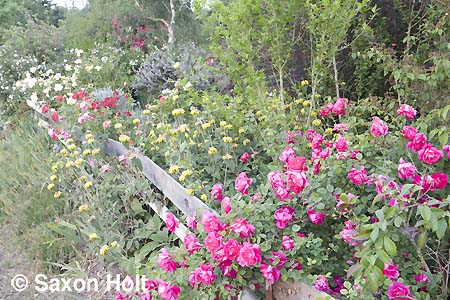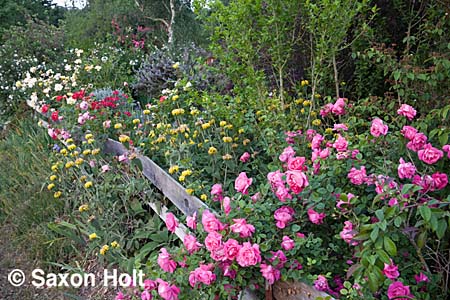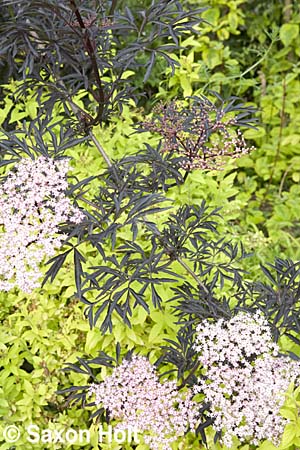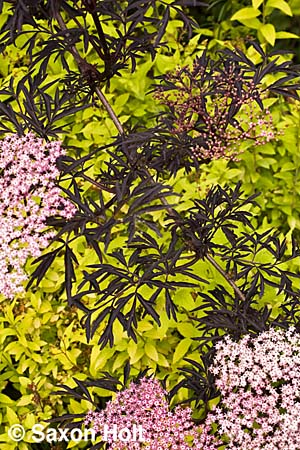I am oblivious to the season when I edit my photos. Often it takes me months to do the computer work and to do the fine tuning each photo requires. I confess I bring out in the photos that which I want to remember, perhaps not the way it really was; but as a gardener, and not just a photographer, I think my interpretation is part of what publishers expect from my work.
I have just finished an edit for the good folks at Taunton who publish the annual magazine Great Gardens to accompany each year’s Garden Conservancy’s Open Days program. I won’t be giving away next year’s line-up here but thought it interesting to show a bit of what goes in to the editing process.
The above photo shows how the raw photo came out of the camera into the computer. It is washed out and the color of the rose is too magenta. I won’t attempt to give a full tutorial about editing in Adobe Camera Raw (ACR) but this is how I finished:
I realize (as I do this) the color shift may be a bit too subtle for this small image to see in a blog but I will point out the whole photo is warmer and more saturated in the second photo. I kept the rose from going darker, shifted the color a bit, and added luminocity in ACR. Does the camera lie ? Is the photographer creating a folly ?
This dark leaf Sambucus ‘Black Lace’ growing with chartreuse ‘Line Mound’ Spirea would be stunning without much enhancement. But what I saw when I looked at this combination needed a good amount of editing to reveal something beyond a garden photo.
While I pride myself as a garden communicator illustrating the “truth” I see in gardens, I sometimes take the luxury of pushing the photograph into the more dramatic. I added saturation, enhanced what little bit of lavender color there is in the flower, and very carefully cropped it to what I want to see:
This is how I saw it even if the camera did not, and even if it wasn’t there for someone else. We all see differently and with good editing we can get photographs to reveal our own vision. It may be somewhat subjective to the “truth” of a scene but it is not the camera that lies, rather the photographer that interprets.




